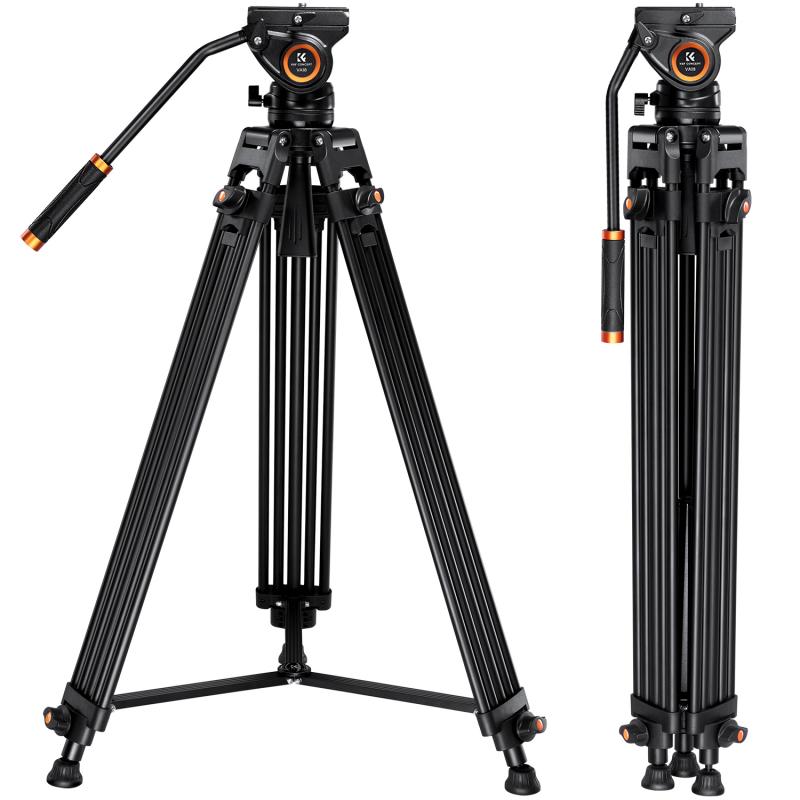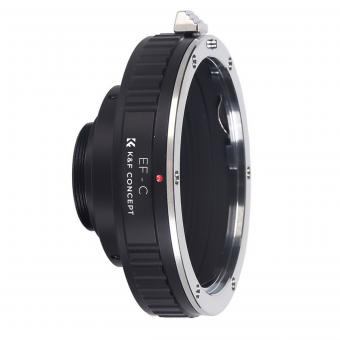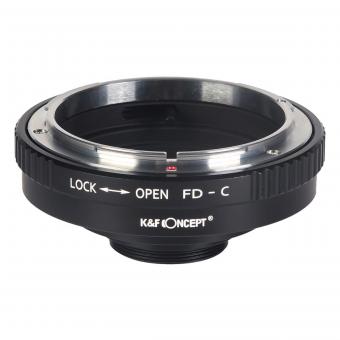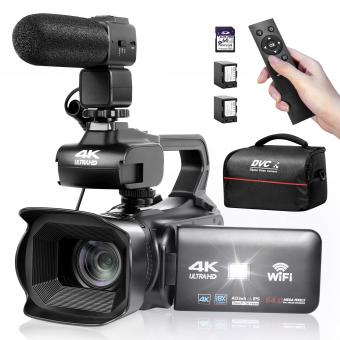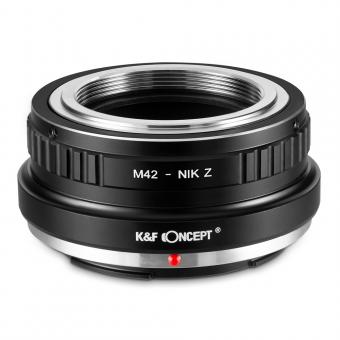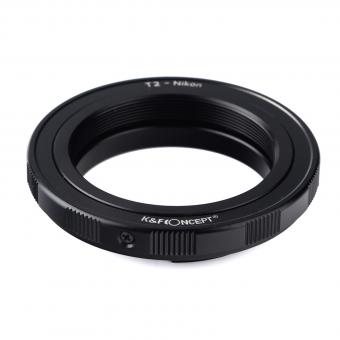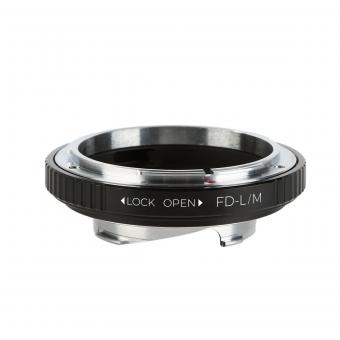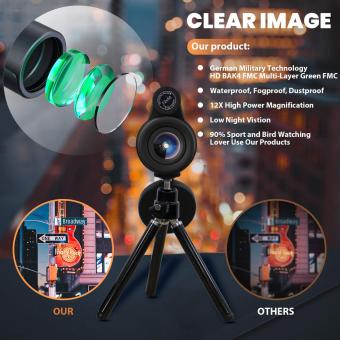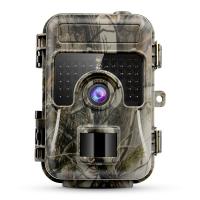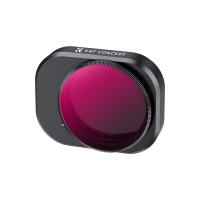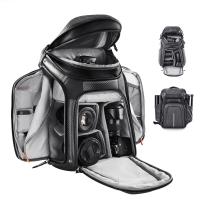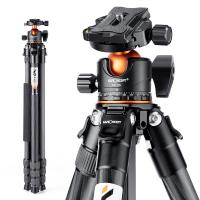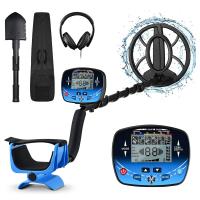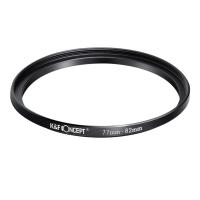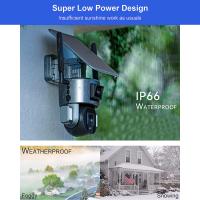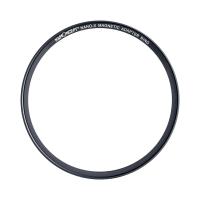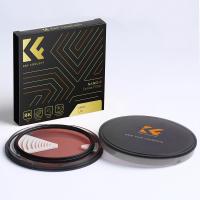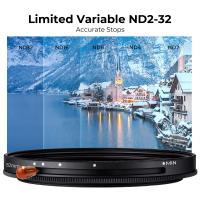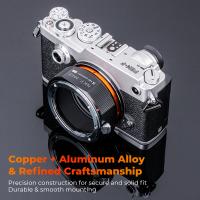What Is Camcorder Camera ?
A camcorder camera, also known as a video camera, is a portable electronic device used for recording videos. It combines the functions of a camera and a video recorder into a single device. Camcorder cameras typically have a built-in lens, image sensor, and microphone, allowing users to capture both video and audio simultaneously. They often come with various features and settings to enhance the video recording experience, such as zoom capabilities, image stabilization, and different shooting modes. Camcorder cameras can be used for a wide range of purposes, including capturing family moments, recording events, creating vlogs, and professional video production.
1、 Definition and Function of a Camcorder Camera
A camcorder camera, also known as a video camera, is a device that is used to capture and record video footage. It combines the functions of a camera and a video recorder into one portable device. The camcorder camera is designed to be held in the hand and is commonly used for capturing events such as family gatherings, vacations, and other special occasions.
The main function of a camcorder camera is to record video footage. It typically has a built-in lens that allows the user to zoom in and out, as well as adjust the focus. The camera also has a viewfinder or LCD screen that allows the user to see what they are recording. In addition to video, most camcorder cameras also have the ability to capture still images.
One of the key advantages of a camcorder camera is its portability. It is small and lightweight, making it easy to carry around and use in various locations. Many camcorder cameras also have built-in memory or the ability to use memory cards, allowing for easy storage and transfer of recorded footage.
In recent years, the definition and function of a camcorder camera have evolved with advancements in technology. Many camcorder cameras now have the ability to record in high-definition (HD) or even 4K resolution, providing users with higher quality video footage. Some camcorder cameras also have built-in Wi-Fi or Bluetooth connectivity, allowing for easy sharing of videos and photos to social media platforms or other devices.
Overall, a camcorder camera is a versatile device that allows users to capture and record video footage with ease. Its portability and various features make it a popular choice for both casual users and professionals alike.
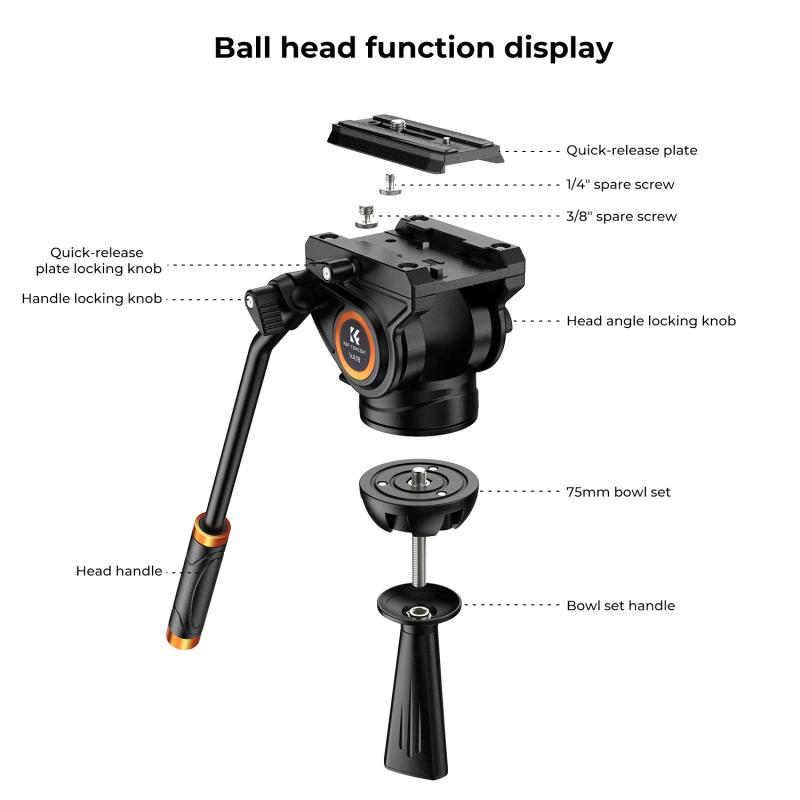
2、 Types and Features of Camcorder Cameras
A camcorder camera, also known as a video camera, is a device used to capture and record video footage. It combines the functions of a camera and a video recorder into one portable device. Camcorder cameras have evolved significantly over the years, with advancements in technology leading to improved features and capabilities.
There are several types of camcorder cameras available in the market today. Traditional camcorders are designed specifically for video recording and offer features such as optical zoom, image stabilization, and built-in microphones. These camcorders are ideal for capturing high-quality video footage for personal or professional use.
Another type of camcorder camera is the action camera, which is compact and rugged, making it suitable for capturing footage in extreme conditions. Action cameras are popular among sports enthusiasts and adventure seekers who want to document their activities.
In recent years, there has been a rise in the popularity of DSLR and mirrorless cameras that can also record high-quality video. These cameras offer interchangeable lenses, larger image sensors, and manual controls, allowing for more creative control over the video recording process.
The latest advancements in camcorder cameras include features such as 4K video recording, high frame rates, and improved low-light performance. Some models also offer built-in Wi-Fi and Bluetooth connectivity, allowing for easy sharing and remote control of the camera.
Overall, camcorder cameras continue to evolve and improve, offering users a wide range of options to capture and record video footage. Whether you are a professional videographer or an amateur enthusiast, there is a camcorder camera available to suit your needs and preferences.
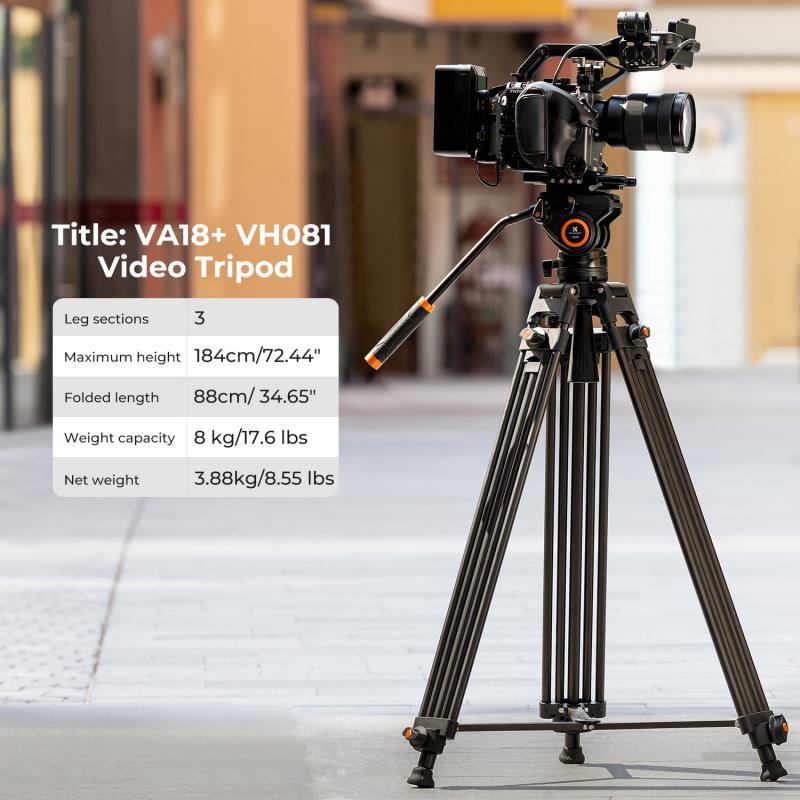
3、 Evolution and History of Camcorder Cameras
A camcorder camera, also known as a video camera, is a device used to capture and record video footage. It combines the functions of a camera and a video recorder into a single portable device. The evolution and history of camcorder cameras have seen significant advancements in technology, resulting in improved image quality, portability, and ease of use.
The first camcorder cameras were introduced in the 1980s and were bulky and heavy, requiring separate recording units and power sources. These early models used analog recording formats such as VHS and Betamax. Over time, camcorder cameras became more compact and lightweight, with the introduction of digital recording formats such as MiniDV, DVD, and later, flash memory cards.
The 2000s saw the rise of high-definition (HD) camcorder cameras, offering superior image quality and resolution. These cameras became more affordable and accessible to consumers, leading to a surge in amateur video production. With the advent of smartphones, camcorder cameras faced competition from devices that offered video recording capabilities along with other features.
In recent years, camcorder cameras have continued to evolve with the integration of advanced features such as image stabilization, autofocus, and Wi-Fi connectivity. This allows users to easily share and transfer their videos to other devices or online platforms. Additionally, the rise of action cameras, such as GoPro, has provided users with compact and rugged options for capturing high-quality video in extreme conditions.
The latest point of view in the evolution of camcorder cameras is the incorporation of 4K resolution, which offers even higher image quality and detail. Furthermore, there is a growing trend towards mirrorless camcorder cameras, which combine the benefits of traditional camcorders with the versatility and image quality of interchangeable lenses.
Overall, the evolution of camcorder cameras has been marked by advancements in technology, resulting in smaller, more portable devices with improved image quality and additional features. As technology continues to progress, it is likely that camcorder cameras will continue to adapt and offer even more innovative features to meet the changing needs of users.

4、 Advantages and Disadvantages of Camcorder Cameras
A camcorder camera, also known as a video camera, is a device that is used to capture and record video footage. It is designed specifically for shooting videos and often includes features such as zoom, image stabilization, and audio recording capabilities.
Advantages of Camcorder Cameras:
1. Dedicated Video Recording: Camcorder cameras are specifically designed for video recording, which means they offer superior video quality compared to other devices such as smartphones or digital cameras. They often have larger sensors and better image processing capabilities, resulting in higher resolution and better low-light performance.
2. Optical Zoom: Camcorder cameras typically have optical zoom lenses, allowing users to zoom in and out smoothly while recording. This feature is particularly useful for capturing distant subjects or getting close-ups without sacrificing image quality.
3. Image Stabilization: Many camcorder cameras come with built-in image stabilization technology, which helps reduce camera shake and produce smoother, steadier footage. This is especially beneficial when shooting handheld or in situations where a tripod is not available.
4. Audio Recording: Camcorder cameras often have high-quality built-in microphones or external microphone inputs, allowing for better audio capture. This is crucial for recording clear and professional-sounding audio, especially in interviews or documentary-style videos.
Disadvantages of Camcorder Cameras:
1. Bulkier Size: Camcorder cameras are generally larger and bulkier compared to smartphones or compact digital cameras. This can make them less portable and more cumbersome to carry around, especially for casual users or those who prefer a more compact setup.
2. Limited Photography Features: While camcorder cameras excel at video recording, they often lack advanced photography features found in dedicated still cameras. This includes features like interchangeable lenses, high-resolution still image capture, and advanced manual controls.
3. Cost: Camcorder cameras can be more expensive than other devices, especially if you are looking for professional-grade features and performance. However, with advancements in technology, there are now more affordable options available that still offer excellent video quality.
In conclusion, camcorder cameras are dedicated video recording devices that offer superior video quality, optical zoom, image stabilization, and audio recording capabilities. While they may be bulkier and lack advanced photography features, they are still the preferred choice for those who prioritize high-quality video recording.
